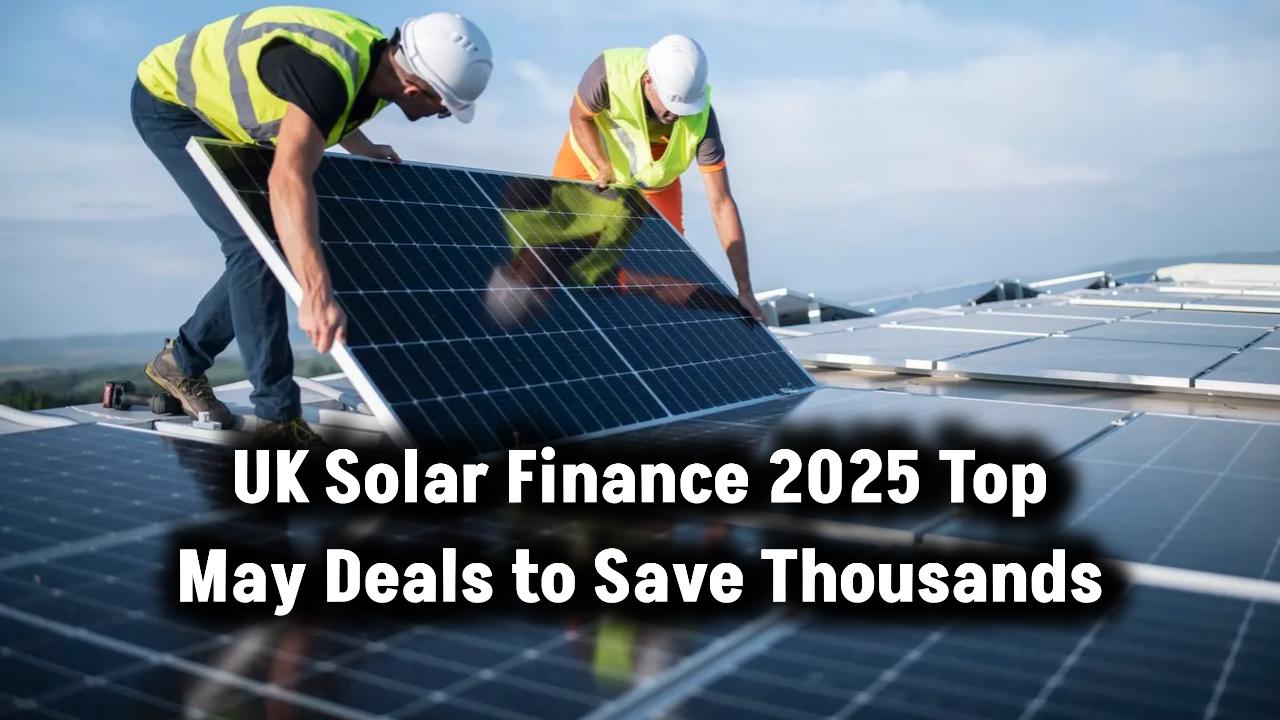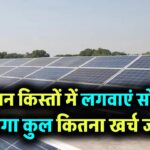
Green energy sources like wind and solar power are widely celebrated as clean, renewable solutions to fight climate change. However, beneath their eco-friendly image lies a set of lesser-known environmental challenges that deserve attention. While it’s true that these technologies reduce our reliance on fossil fuels, their production, deployment, and disposal have real consequences for the planet and people.
Let’s explore the hidden environmental costs of wind and solar energy, backed by facts, real-world examples, and practical insights. Understanding these challenges doesn’t mean we abandon renewables, but it helps us make smarter, more sustainable choices.
Also Check: UK Solar Capacity Hits 18 GW: Major Milestone in Nation’s Renewable Energy Journey
What Makes Wind and Solar Energy “Green”?
The appeal of wind and solar power lies in their ability to generate electricity without emitting greenhouse gases. Solar panels convert sunlight into electricity, and wind turbines harness the power of the wind to spin a generator. Both reduce our dependence on coal, oil, and natural gas, making them essential to achieving net-zero emissions.
However, calling them “green” only paints part of the picture. Like all technologies, they come with environmental trade-offs that must be considered holistically.
Manufacturing Materials and Resource Extraction
Wind Turbines: Built with Heavy Industry
Wind turbines are made primarily of steel, copper, concrete, and fiberglass, and their magnets contain rare earth metals like neodymium and dysprosium. Mining these materials is energy-intensive and often involves environmentally damaging practices.
For instance, rare earth mining in China has been linked to radioactive waste, water contamination, and unsafe labor conditions. According to the U.S. Geological Survey, rare earth extraction can produce up to 1,000 tonnes of waste for every tonne of material.
Solar Panels: Chemical Concerns
Solar panel production relies on high-purity silicon, which requires energy-intensive processing. Many solar panels also include cadmium telluride or lead-based soldering, both of which are toxic if not disposed of properly.
A report by the Silicon Valley Toxics Coalition found that some manufacturers do not adequately report waste management practices, posing risks of soil and water contamination.
Carbon Payback Period and Lifecycle Emissions
Though renewables are promoted as zero-emission sources, they do have initial carbon footprints from manufacturing and installation. This is known as the carbon debt. According to the National Renewable Energy Laboratory (NREL), solar panels take around 1.5 to 3 years to offset the CO2 emissions from their production, depending on the technology and location.
Wind turbines generally have a faster payback period of 6 months to 1 year, but these timelines still represent a temporary rise in emissions.
Water Use in Production
The manufacturing of photovoltaic (PV) cells often uses significant quantities of ultrapure water for cleaning and cooling processes. In areas already facing water scarcity, this demand may add stress to local water supplies. Water-intensive steps like silicon wafer slicing and chemical baths must be managed responsibly.
End-of-Life Waste Crisis
Turbine Blades: Not Biodegradable
Turbine blades are made from composite materials that are difficult to recycle. These materials are durable but pose a serious waste problem. The International Renewable Energy Agency (IRENA) predicts that 43 million tonnes of blade waste could be produced globally by 2050.
Currently, most blades are buried in landfills or incinerated. Cities in the U.S. like Casper, Wyoming, already host “blade graveyards” where hundreds of discarded blades are stockpiled.
Solar Panel Waste: A Ticking Time Bomb
Solar panels typically last 25-30 years, but their disposal is becoming a major concern. The International Energy Agency (IEA) estimates that 78 million tonnes of waste will accumulate globally by 2050.
Much of this waste contains lead, cadmium, and other hazardous materials, which can leach into the environment without proper handling. Moreover, the infrastructure for panel recycling remains limited and expensive in most countries.
Also Check: Farmers Test Solar Panels on Crops — What They Found Could Revolutionize Global Food Production
Habitat Disruption and Land Use
Wind Farms and Wildlife
Large-scale wind farms require significant space and often disrupt local ecosystems. According to the National Audubon Society, wind turbines kill an estimated 140,000 to 500,000 birds per year in the U.S. alone. Bats are also vulnerable due to pressure changes caused by the blades.
Solar Farms and Land Scarcity
Utility-scale solar farms can take up hundreds of acres, often in rural or undeveloped land. This can lead to habitat fragmentation, affecting local flora and fauna.
In some countries, such as India, solar projects have been contested for occupying agricultural and tribal land, displacing residents and sparking legal disputes.
Intermittency and Battery Storage
Solar and wind energy are intermittent by nature. The sun doesn’t always shine, and the wind doesn’t always blow. To balance supply and demand, energy storage systems like lithium-ion batteries are used.
However, mining for lithium, cobalt, and nickel brings its own set of issues:
- Lithium extraction from salt flats in South America depletes freshwater reserves in already arid regions.
- Cobalt mining in the Democratic Republic of Congo is often linked to child labor and unsafe working conditions.
These issues have prompted calls for more ethical sourcing and sustainable alternatives like solid-state batteries or recyclable materials.
Ethical and Societal Considerations
Some renewable energy projects have been criticized for displacing indigenous communities and violating land rights. For instance, in Mexico and Brazil, wind farm development on indigenous lands occurred without free, prior, and informed consent.
A study published in Nature Energy emphasized the need for community engagement and equity-focused policies in renewable project planning.
How Can We Make Green Energy Truly Sustainable?
While the challenges are serious, they are not insurmountable. Here’s what needs to happen:
- Develop better recycling technologies for solar panels and turbine blades.
- Incentivize circular design, where products are built for easy disassembly and reuse.
- Enforce stricter environmental regulations on mining and manufacturing.
- Invest in ethical supply chains that avoid labor abuse and ecological harm.
- Engage communities affected by renewable projects and honor their rights.
- Support innovation in cleaner storage, such as sodium-ion and flow batteries.
- Encourage responsible water use and lifecycle assessment in production processes.
Several startups are already working on solar panel recycling solutions, and nations like Germany have launched Extended Producer Responsibility (EPR) laws to ensure that manufacturers manage the entire lifecycle of their products.
(FAQs)
Q1. Are wind and solar energy worse than fossil fuels?
No. Despite their flaws, wind and solar energy are still significantly cleaner than fossil fuels in terms of emissions. The goal is to improve their sustainability.
Q2. Can solar panels be recycled?
Yes, but current recycling infrastructure is limited. Only a small percentage of panels are recycled today.
Q3. How long do wind turbines and solar panels last?
Wind turbines typically last 20–25 years. Solar panels last around 25–30 years.
Q4. What happens to turbine blades after use?
Most are landfilled or incinerated due to the lack of cost-effective recycling options.
Q5. Is battery production harmful to the environment?
Yes, especially due to the mining of lithium and cobalt. But research is ongoing to create cleaner alternatives.
Also Check: From 2027, No New Home Without Solar! Massive Green Rule That Could Change Real Estate Forever









